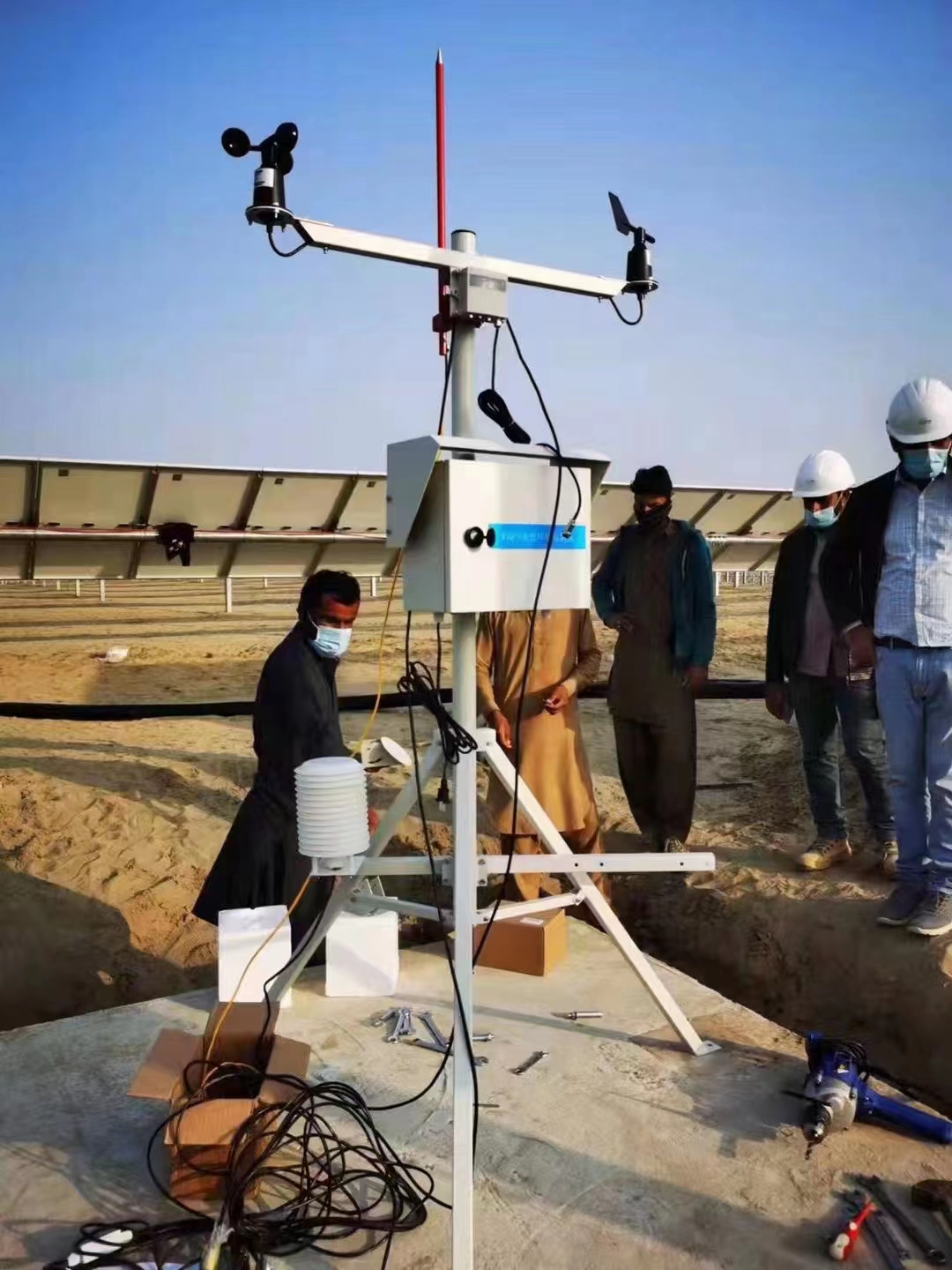As the impact of climate change becomes increasingly significant, the demand for accurate meteorological data in agriculture, meteorology, environmental protection and other fields has become more urgent. In Europe, various meteorological stations, as important tools for obtaining meteorological data, have been widely used in many fields such as crop monitoring, weather forecasting and environmental research. This article will explore the application of meteorological stations in Europe and the specific analysis of several practical cases.
1. Functions and advantages of meteorological stations
Meteorological stations are mainly used to monitor and record meteorological data, including but not limited to parameters such as temperature, humidity, precipitation, wind speed and wind direction. Modern meteorological stations are mostly equipped with digital sensors and automatic collection systems, which can collect data efficiently and accurately. This information is of great significance for decision-making, agricultural management and climate research.
Main functions:
Real-time meteorological monitoring: Provide real-time meteorological data to help users understand climate change trends.
Data recording and analysis: The accumulation of long-term data can be used for climate research, weather forecasting and environmental monitoring.
Precision agriculture support: Optimize irrigation, fertilization and pest control based on meteorological data to improve crop yield and quality.
2. Actual case analysis
Case 1: Precision agriculture project in Germany
In Bavaria, Germany, a large agricultural cooperative introduced a weather station to improve the management of its grain crops. The cooperative faces problems of drought and irregular rainfall caused by climate change.
Implementation details:
The cooperative has set up multiple weather stations in the fields to measure indicators such as temperature, humidity, rainfall and wind speed. All data is uploaded to the cloud in real time via wireless network, and farmers can check weather conditions and indicators such as soil moisture at any time through mobile phones and computers.
Effect analysis:
With the data from the weather station, farmers can more accurately judge the timing of irrigation and reduce the waste of water resources. In the dry season of 2019, the cooperative adjusted the irrigation strategy through real-time monitoring to ensure the normal growth of grain crops, and the final harvest increased by about 15%. In addition, the data analysis of the weather station helped them predict the occurrence of pests and diseases, and took timely prevention and control measures to avoid unnecessary losses.
Case 2: Wine production in France
In the Languedoc region in southern France, a well-known winery introduced a weather station to improve grape planting management and wine quality. Due to climate change, the growth cycle of grapes has been affected, and the owner hopes to improve the grape planting strategy through accurate meteorological data.
Implementation details:
Several meteorological stations have been set up inside the winery to monitor microclimate changes, such as soil temperature, humidity and precipitation. The data is not only used for daily management, but also for long-term climate research in the winery to determine the best time to harvest grapes.
Effect analysis:
By analyzing the data provided by the meteorological station, the winery can better understand the climate characteristics of different years and make corresponding adjustments, which ultimately improves the flavor and sugar content of the grapes. In the 2018 grape harvest, continuous high temperatures affected the quality of grapes in many areas, but the winery successfully picked them at the best time with accurate data monitoring. The wines produced were very popular and won multiple awards in international competitions.
3. Conclusion
The widespread use of meteorological stations in Europe has not only improved the management and production efficiency of crops, but also provided strong support for responding to climate change. Through actual case analysis, we can see that users in different fields have achieved significant economic and environmental benefits when using meteorological data for decision-making. With the advancement of technology, the functions of weather stations are expected to be further expanded. In the future, they will serve more agriculture, climate research and natural disaster early warning systems, helping people better adapt to and respond to climate change.
For more weather station information, please contact Honde Technology Co., LTD.
Tel: +86-15210548582
Email: info@hondetech.com
Company website: www.hondetechco.com
Post time: May-29-2025


